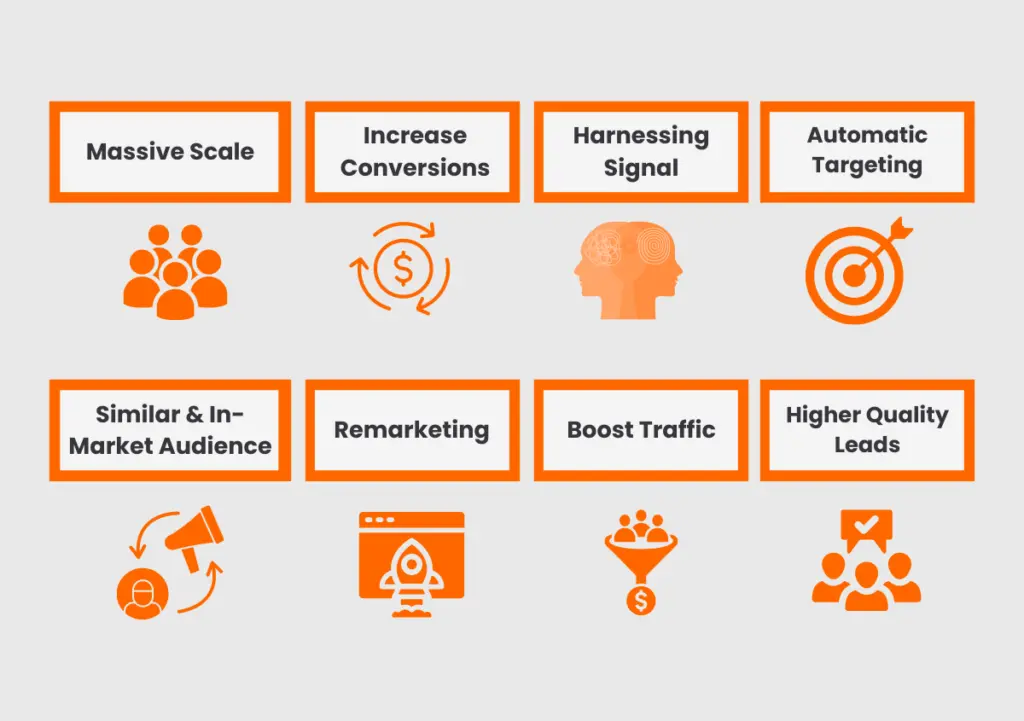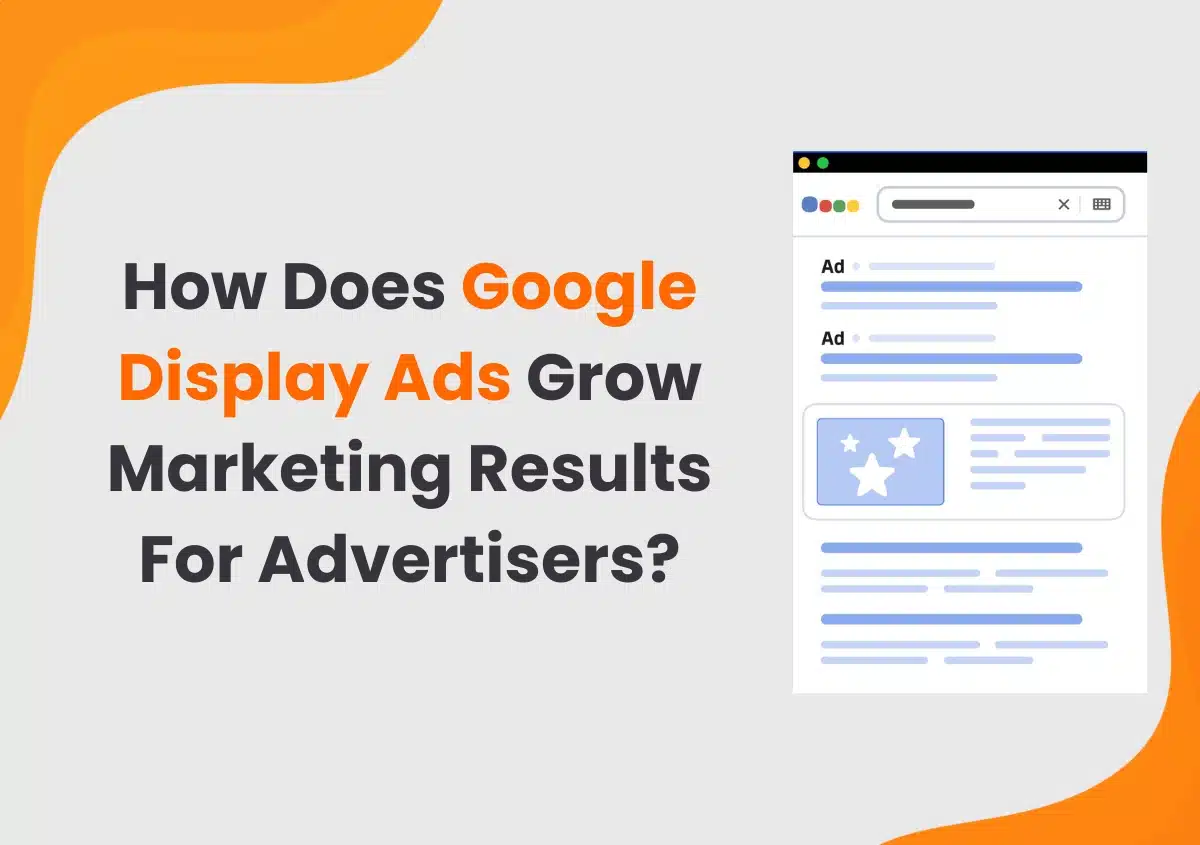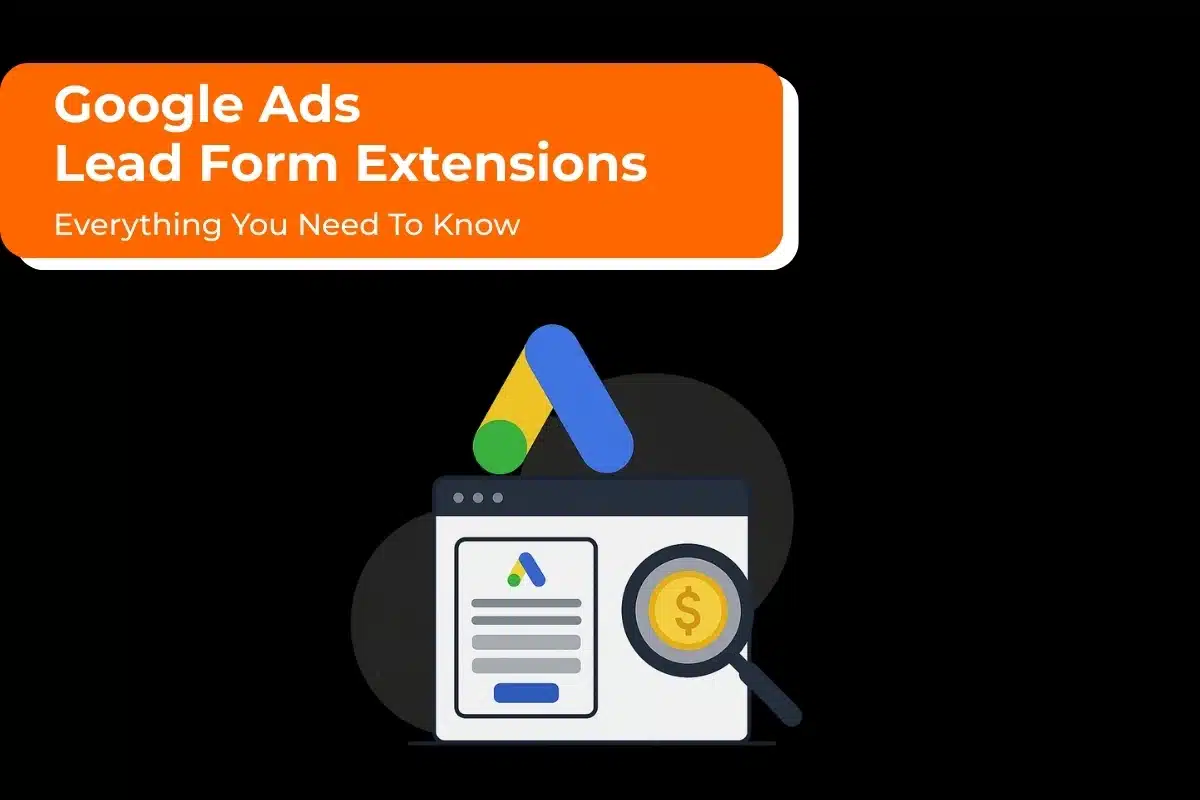Google is the most widely used search engine, holding a strong market share of over 80% in searches. Thus, it should come as no surprise that companies and marketers are using Google Ads for effective results.
Online advertising has become a crucial component of any effective marketing plan in the current digital era. Google Display Ads are among the most useful tools in this field and provide a plethora of advantages to marketers.
What are Google Display Ads?

Google Display ads are a type of online advertising that shows your ads to users in various ad formats. These ads can be seen on websites, applications, and other digital platforms, as well as in the forms of text, video, images, and audio. A feature of the Google advertising platform—Google Display Ads—employs algorithms to evaluate the effectiveness of your display ads and automatically make modifications to them. This enables you to maximize the effectiveness and outcomes of your ads while simultaneously reaching a larger audience and focusing on particular demographics.
Important Elements of Google Display Ads
1. Reach
Google Display Ads have unmatched reach, reaching over 90% of global internet users across more than two million websites. Through many Internet channels, advertisers can engage with a wide range of audiences by focusing on particular areas, interests, and demographics.
2. Contextual Targeting
Google’s sophisticated targeting algorithms evaluate user behavior and the content of websites. By ensuring that ads are displayed to targeted audiences, contextual targeting raises the likelihood of getting marketers new visitors, allowing them to improve conversion rates.
3. Remarketing
Advertisers can connect with people who have previously interacted with their website or mobile app by utilizing remarketing strategies. This enables marketers to get back in touch with interested customers and motivate them to take additional steps, like completing a transaction or subscribing to a newsletter.
4. Flexible Ad Types
There are many different ad types available with Google Display ads, such as image ads, native ads, responsive ads, and more. To attract their target audience, advertisers can tailor their ad creatives to reflect their brand identity.
5. Tracking Performance
With the extensive reporting and monitoring tools offered by Google Display Ads, marketers may assess the success of their campaigns. By analyzing KPIs like impressions, clicks, conversions, and view-through rates, advertisers gain valuable insights that help them improve their campaigns for better outcomes.
With Google Display Ads, companies have numerous options to market their brands to a diverse audience. Its broad reach, sophisticated targeting capabilities, adaptable ad formats, and performance tracking tools all help to improve marketing outcomes and propel company success.
How Can Google Display Ads Help Advertisers Improve Their Marketing Outcomes?

Google display ads use a range of indications and targeting choices to help businesses increase marketing outcomes. Google Display Ads’ real-time understanding of user behavior and context can be leveraged to enhance lead generation outcomes through PPC advertising.
While Google display ads identify a user’s key marketing aim and activate the elements that would best achieve it, responsive display ads automatically optimize ads to fit the user’s surroundings.
Google Display Ads helps marketers achieve better marketing outcomes by expanding their audience and raising their brand’s awareness. These ads can reach prospective buyers at different points in the purchasing process through tailored placements on websites and applications, increasing engagement and conversion rates.
1. Massive Scale
Advertisers can access Google’s massive Display Network, which reaches millions of users on various websites, apps, and videos. This significantly increases the number of views, the brand’s visibility, and audience reach. For example, when a large car manufacturer introduces a new model of an electric car, it can run Display Ads on the largest automotive sites, tech blogs, and YouTube car review channels. With such extensive coverage of the Display Network, the company will be sure that millions of potential car buyers will see the ads, be aware of the new model, and consider purchasing it.
2. Increase Conversions
Display Ads are often shown to users looking for products or services similar to what the business is offering. As a result, the business gets higher conversion rates and more sales. When a subscription-based streaming service wants to drive customers to sign up for their monthly subscription, they can use Display Ads to target users who visited their site but did not sign up. With the help of remarketing, the user will see ads for popular TV shows and exclusive content and may return to the site to finish the signup. Moreover, dynamic remarketing can show users a specific show or category they viewed before, making them return and sign up even more.
3. Harnessing Signal
Google’s advanced algorithms analyze hundreds of signals to determine users’ browsing behavior, interests, and intent, ensuring advertisers can show highly relevant ads to their target audience. When a sportswear brand notices increased user interest in their products after many people search for workout plans and home gym equipment, they can use Google’s targeting capabilities to place their ads on health and fitness websites and popular social media pages. With the Display Ads showing that many users are interested in getting fit and healthy, the company can direct those users to the online store to purchase sportswear.
4. Automatic Targeting
Advertisers can find individual targeting features available to reach the highest-performing users based on their demographics, interests, and online behaviors. For instance, a local restaurant seeking diners can leverage automatic targeting to attract users within a specific radius of its location. The ads may show daily specials, happy hour deals, or upcoming events. When such ads appear on relevant websites and mobile apps, they target people likely to be near the restaurant and consider dining out. Thus, the user will likely walk in, and the restaurant will receive more bookings.
5. Similar Audience and In-Market Audience
It is possible to target new client segments based on similarities with the current ones. Furthermore, it is possible to advertise to people who are researching or considering products or services like the advertiser offers. For example, a beauty brand launching a new skincare line may show ads to users similar to its current customers or users actively researching skincare products. The skin care ads may contain skin care tips, product reviews, and special promotions. The ads may appear on beauty blogs, fashion magazines, and social media. Therefore, this will attract users interested in skincare and the new product line.
6. Remarketing
It is possible to show ads to users who have already visited the advertiser’s website or app. This way, advertisers increase brand awareness and chances that the users will later purchase goods or sign in. Additionally, an online retailer can use a remarketing strategy to help bring people who visited their site but did not buy back to the site. Therefore, the ads contain products viewed or left in the shopping cart and limited-time discounts. This will help reduce the abandoned cart rate and drive sales.
7. Boost Traffic
Display ads drive traffic to the advertiser’s website, whether it is a blog, online store, or landing page, increasing the number of views. For example, a travel agency selling travel packages to an exotic destination may post an ad about their package deals on a travel guide website. Therefore, people seeking to travel to the destination will click on the sites and inquire about their packages.
8. Generate Higher Quality Leads
As the users are segmented, demonstrating ads to those more prone to converting into clients increases lead quality and ROI. Similarly to the strategy above, our financial services company specializing in retirement planning can target users with a high intent to research retirement savings strategies or investment opportunities. Publishing educational ads on financial news websites, retirement forums, and investment blogs, including retirement planning tips, investment calculators, and free consultation offers, can draw high-quality leads eager to find more information and eventually become long-term clients.
Read Also: How To Bulk Add UTM Parameters To Google Ads?
Final Words
Google Display Ads provides advertisers unprecedented opportunities to reach a wider audience, increase their campaign’s convertibility rate, and accomplish their marketing goals with an impact.
Furthermore, Google’s automatic targeting, similar audiences, and remarketing features help advertisers improve their advertising campaigns and produce more qualified listings, ultimately increasing their return on investment.
However, as technology advances, we expect Google Display Ads to become more sophisticated and rely on an increasing amount of AI and machine learning to improve targeting precision.
In the coming years, we may witness a new and more expanded role for Google Display Ads in the digital advertisement arena. As current and emerging trends suggest, this platform will play a critical role in ensuring advertisers reach their targeted audience as effectively as possible. By keeping pace with these trends well and taking full advantage of what Google’s advertising platform offers, advertisers can grow their marketing results in a rapidly changing market.
As a Google ads management company, we create effective strategies to help you achieve your business goals. Ready to grow your marketing results? Contact us.






